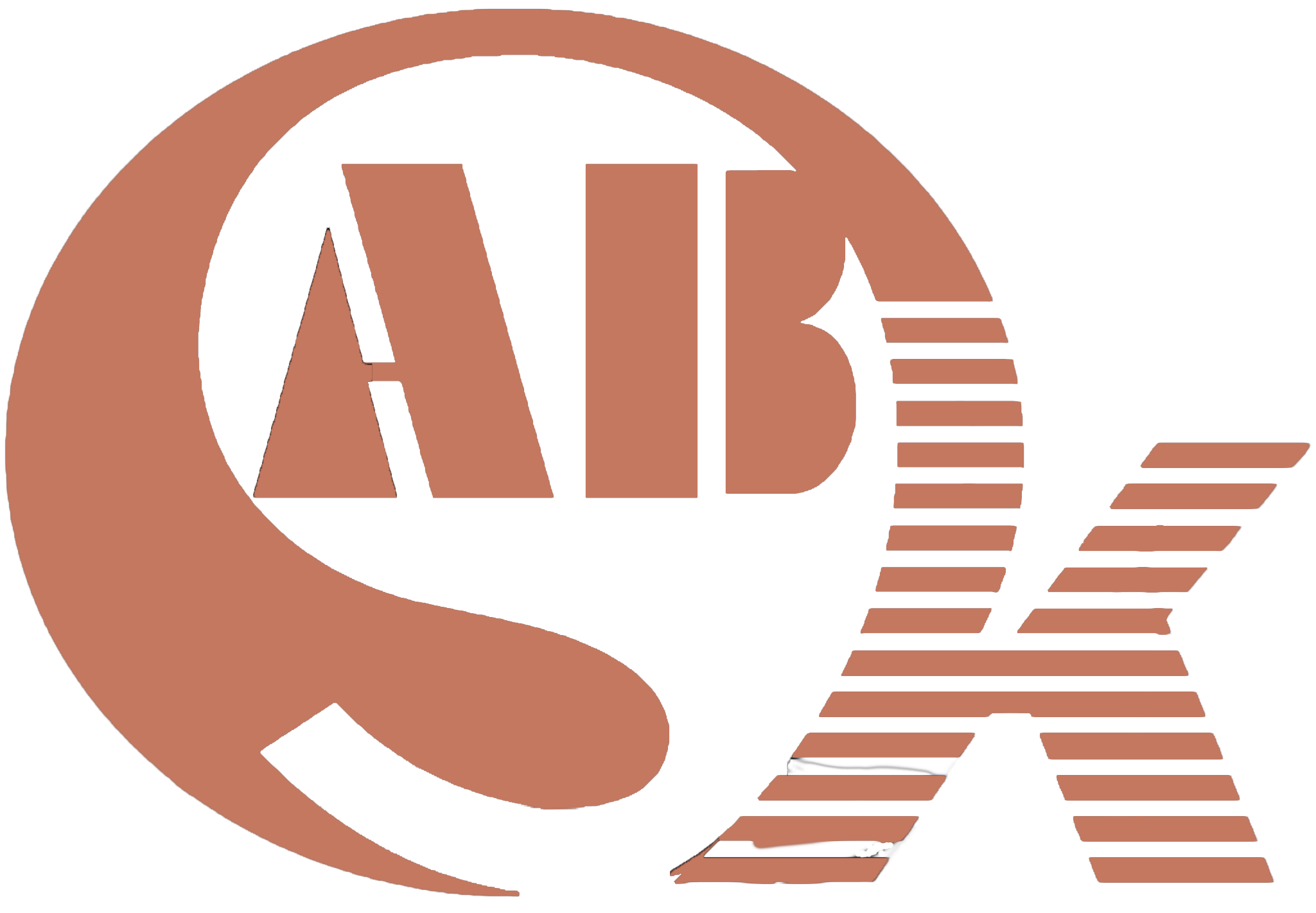Revolutionizing Welding Efficiency: A Comprehensive Guide to Welding Manipulators
Welding manipulators are pivotal in modern welding processes, providing a range of benefits that enhance efficiency, accuracy, and reliability. In this article, we delve into the definition of welding manipulators, explore the various types available, and compare them to welding positioners to highlight their distinct advantages.
Types of Welding Manipulators There are several types of welding manipulators, each designed for specific applications. These include:
- Fixed Welding Manipulators: These are stationary units ideal for long workpieces that require consistent welding.
- Portable Welding Manipulators: These units are movable and offer flexibility in positioning, making them suitable for various welding tasks.
- Column and Boom Welding Manipulators: Also known as boom welders, these manipulators provide a combination of vertical and horizontal movement, offering enhanced reach and precision.
Benefits of Using Welding Manipulators The use of welding manipulators provides numerous advantages, including:
- Enhanced Efficiency: Welding manipulators automate the welding process, reducing manual labor and increasing productivity.
- Improved Accuracy: The precision of welding manipulators ensures consistent weld quality, reducing the need for rework.
- Enhanced Safety: By automating the welding process, manipulators reduce the risk of accidents and injuries to welders.
Welding Manipulators vs. Welding Positioners While both welding manipulators and welding positioners serve to improve welding processes, they have distinct differences:
- Welding Manipulators: These are used to position the welding torch or tool, allowing for precise control over the welding process.
- Welding Positioners: These are used to rotate the workpiece, allowing for welding at different angles and improving access to weld joints.
Application in Different Industries Welding manipulators find application in various industries, including:
- Automobile Manufacturing: Used for welding chassis components, body panels, and other structural elements.
- Aerospace Industry: Used for welding aircraft components, such as fuselage sections and engine parts.
- Construction Sector: Utilized for welding structural steel components, beams, and columns.
- Manufacturing Sector: Employed for welding various metal components, including machinery parts and equipment.
Conclusion Welding manipulators are indispensable tools in modern welding processes, offering a host of benefits that enhance efficiency, accuracy, and safety. By understanding the different types of manipulators available and their applications, welders can make informed decisions regarding the use of these tools in their welding projects.
